What does Virus mean? Definition and Characteristics
The virus is a microscopic pathogen that infects cells in living organisms.
The term virus usually refers to those pathogens, infecting eukaryotic organisms, and the term bacteriophage or phage – to those infecting prokaryotic organisms.
Viruses are with microscopic size (15 – 350 nm) and are only visible with an electron microscope. They can have different shapes:
spherical
rod-shaped
and multi-faceted prism, etc.
Viruses can only reproduce by subordinating and controlling living cells, as they do not have their own cellular self-replicating apparatus. Outside a living cell, viruses exist as independent viral particles, called virions. Each virion consists of genetic material and a capsid – a protein coat, surrounding and protecting the genetic material. In some virions, a lipid envelope surrounds the capsid.
The genetic material of the viruses is a small amount of nucleic acid (DNA or RNA). Depending on the nucleic acid, the viruses are generally grouped into RNA and DNA viruses. The nucleic acid can be single or double-stranded.
The capsid consists of multiple copies of one or a few different proteins. Each protein is encoded by a single gene and the viruses are able to store all the information for the capsid in a limited number of genes.
Viruses cannot multiply in artificial food environments, but only in living cells. They are tough intracellular parasites that use the synthesis systems and the energy of the cell in their reproduction. The viral nucleic acid carries information to program the host cell to synthesize viral-specific macromolecules.
The viruses are used in genetic engineering as vectors for the introduction of certain genes into studied cells.
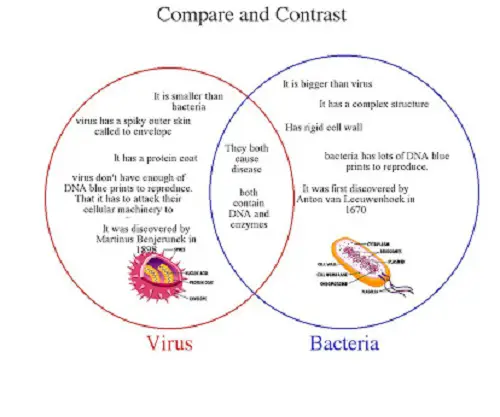
What does Bacteria mean? Definition and Characteristics
Bacteria are prokaryotic single-celled organisms. Their size is microscopic. They have a cell wall, often wrapped in a mucous envelope, which protects the cell from unfavorable external conditions. Under the cell wall, the bacteria have a cell membrane, a cytoplasm, and nuclear material that is not restricted by a nuclear membrane. They can have one or more whips with which they move. Depending on the cell wall structure, the organization of its nuclear material, and some other characteristics, the bacteria are divided into eubacteria and archaebacteria. Recently, a number of researchers believe archebacteria should be separated into a separate kingdom.
The bacteria reproduce by division, rarely by budding. They are in a variety of different forms – rounded (cocci), rod-shaped (bacilli, clostridia, spirochetes, pseudomonads), spiral (spirochetes) and filamentous. Their diameter typically is 0.1 – 10 µm, their length – 1 – 20 µm.
The bacteria can be heterotrophs or autotrophs, aerobes or anaerobes. They are cosmopolites, occurring in soil, air, water, plants, animals, and humans. They participate in the circle of substances in nature, in the formation and destruction of useful minerals, in the formation of the structure and fertility of the soil. They are used in food, microbiological, chemical and other industries.
Pathogenic bacteria cause diseases to plants (bacterial diseases), animals and humans (anthrax, tuberculosis, brucellosis, etc.).
Similarities Between Virus and Bacteria
Similarities in Size of Virus and Bacteria
Viruses and bacteria are both with microscopic size and special equipment is necessary to observe them.
Similarities in Nucleus of Virus and Bacteria
They both contain nucleic acid, but do not have nucleus.
Similarities in ‘Enzymes’ of Virus and Bacteria
They both contain enzymes.
Similarities in ‘Disease’ of Virus and Bacteria
Viruses and some bacteria cause diseases.
Similarities in ‘Prevention’ of Virus and Bacteria
It is possible to build up immunity against some viruses and bacteria, and there are vaccines for diseases caused by both of them.
Some representatives of viruses and bacteria can be beneficial – for example viruses are used in genetic engineering, bacteria – in food industry.
Main points in Similarities of Virus and Bacteria:
- Virus is a microscopic pathogen that infects cells in living organisms. Viruses can only reproduce by subordinating and controlling other cells, as they themselves do not have their own cellular self-replicating apparatus.
- Bacteria are a prokaryotic single-celled organisms with a microscopic size. They reproduce via cell division and rarely – by budding.
- Viruses and bacteria both contain nucleic acid, but do not have a discrete nucleus. They both contain enzymes.
- Viruses and some bacteria cause diseases. It is possible to build up immunity against some viruses and bacteria, and there are vaccines for diseases caused by both of them.
- Some representatives of viruses and bacteria can be beneficial – for example, viruses are used in genetic engineering, bacteria – in the food industry.
Author: Dr. Mariam Bozhilova
Dr. Mariam Bozhilova has a Master’s degree in Ecology and PhD in Botany. Her main professional interests are in the fields of ecology, biology and chemistry. She has more than 10 years of professional experience in scientific research and environmental consultancy.

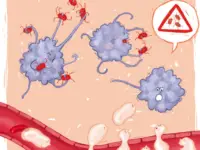
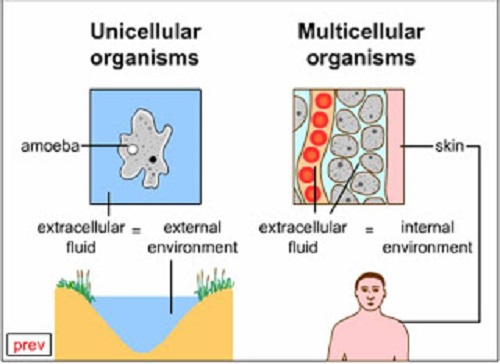
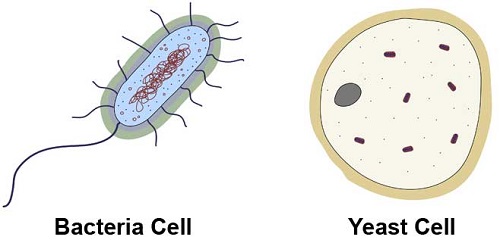

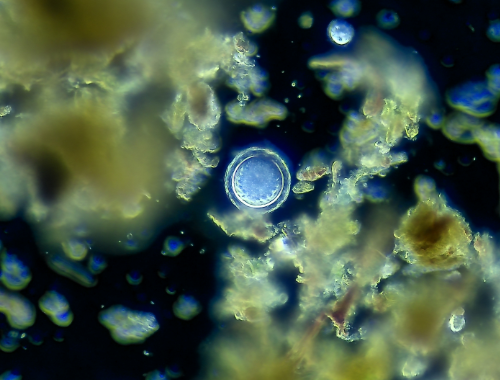
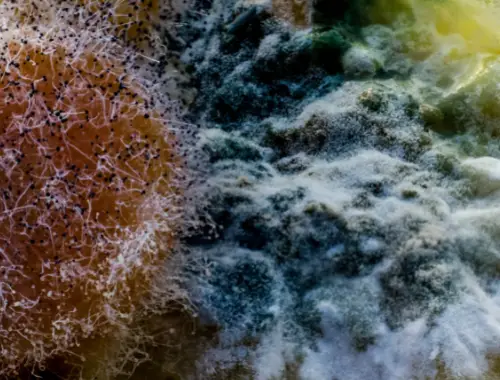





Leave a Reply